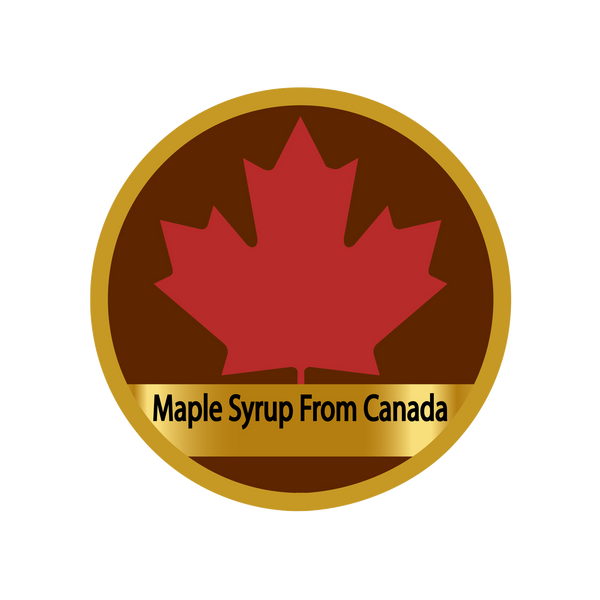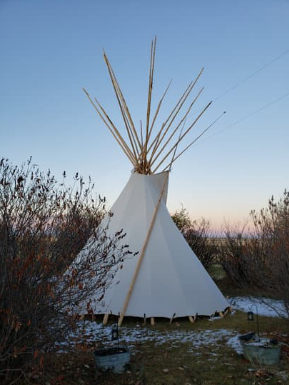Maple syrup, a beloved natural sweetener, has a rich history that spans centuries. Its origins are deeply rooted in the traditions of Indigenous peoples in North America, who discovered the process of turning maple sap into syrup long before European settlers arrived. Here’s a detailed look at the history of maple syrup:
Indigenous Origins
1. Early Discoveries:
- Native American Practices: The Indigenous peoples of North America, particularly tribes such as the Algonquins, Iroquois, and Ojibwe, were the first to discover maple syrup. They observed the natural flow of sap from maple trees in the spring and developed methods to collect and process it.
- Legends and Myths: According to legend, a chief discovered maple syrup when he threw his tomahawk into a tree, causing sap to flow. When the sap was boiled, it turned into a sweet syrup, leading to its discovery.
2. Traditional Techniques:
- Sap Collection: Indigenous peoples used stone tools or wooden spiles to tap maple trees, allowing the sap to flow into birch bark containers or hollowed-out logs.
- Processing Sap: The collected sap was concentrated by either freezing it and removing the ice or by heating it with hot stones to evaporate the water, leaving behind a sweet syrup.
3. Cultural Significance:
- Maple Dance: Some tribes performed the "Maple Dance" to thank the spirits for the gift of maple sap. This ritual highlighted the cultural importance of maple syrup in their communities.
Introduction to European Settlers
1. Learning from Indigenous Peoples:
- Adoption of Methods: European settlers learned the process of sap collection and syrup making from Indigenous peoples. They quickly adopted these methods, recognizing the value of maple syrup as a natural sweetener.
- Enhanced Techniques: Settlers introduced metal tools and large iron kettles, which made the process more efficient. Metal spiles replaced wooden ones, and large kettles allowed for more effective boiling of sap.
2. Growth of Production:
- Homestead Necessity: Maple syrup became an essential part of the diet for early settlers, especially during the winter months when other sources of sugar were scarce.
- Community Activity: Maple sugaring became a communal event, with families and neighbors working together during the sugaring season to collect and process sap.
3. Commercialization:
- 19th Century: By the 1800s, maple syrup production had evolved into a commercial enterprise. Farmers began selling their syrup at local markets, and maple sugaring became an important economic activity in certain regions.
Technological Advancements
1. Modern Techniques:
- Tubing Systems: In the mid-20th century, plastic tubing systems were introduced, allowing for more efficient sap collection by connecting multiple trees to a central collection point.
- Reverse Osmosis: Modern producers use reverse osmosis machines to remove a significant portion of water from the sap before boiling, reducing the time and energy needed to make syrup.
2. Quality Control:
- Grading Systems: Maple syrup is now graded based on color and flavor, ensuring consistent quality for consumers. Grades include Golden, Amber, Dark, and Very Dark.
- Regulations: Strict regulations and certifications, such as those from the Maple Syrup Producers of Quebec (PPAQ), ensure that the syrup produced is of the highest quality.
Cultural Impact and Global Reach
1. Festivals and Celebrations:
- Maple Syrup Festivals: Maple syrup remains a significant cultural symbol in North America, celebrated in festivals and events across maple-producing regions. These festivals often include demonstrations of traditional sugaring methods, tastings, and various maple-themed activities.
2. Economic Significance:
- Major Producers: Today, Canada is the largest producer of maple syrup, with Quebec accounting for about 72% of the world's supply. The United States, particularly states like Vermont, New York, and Maine, also contribute significantly to global production.
- International Export: Maple syrup is exported worldwide, gaining popularity in various culinary applications and establishing itself as a premium natural sweetener.
Conclusion
The history of maple syrup is a testament to human ingenuity and the ability to harness nature's resources. From the ancient practices of Indigenous peoples to the modern technological advancements in syrup production, maple syrup has become an integral part of North American culture and a cherished natural sweetener enjoyed by people around the world. Its journey from sap to syrup is a story of tradition, innovation, and enduring sweetness.
For more information on maple syrup and its rich history, visit Maple Syrup From Canada and explore the fascinating world of this natural wonder.

